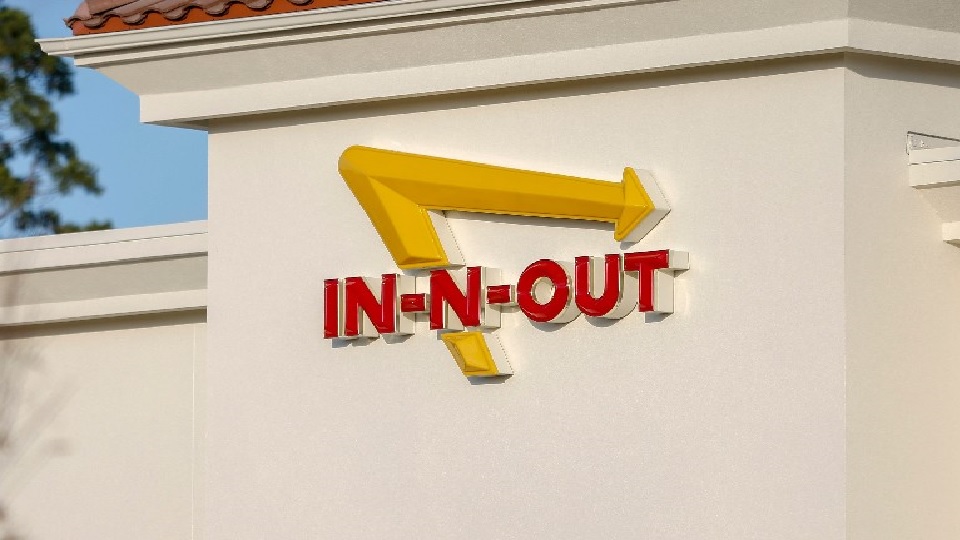Out of all the lighthearted ideas submitted, this was Mayor David Holt’s personal favorite. He said MAPS 4 “can’t bring world peace, and it can’t bring an In-N-Out Burger to OKC.
Big dreams that never were
From burger joints to citywide internet service, read what OKC residents asked for in MAPS 4.
When Oklahoma City Mayor David Holt last year told the public to “dream big” and submit ideas to the city for MAPS 4 projects starting last year, residents did not hold back.
Roughly 2,600 submissions were received, and some of the most popular ideas did make it into the official MAPS 4 package, according to records obtained by The Oklahoman.
But many ideas did not.
Some suggestions were lighthearted, like building a series of skyscrapers in the shape of letters so people on planes could look down and see ‘O K C.’ One person wanted a tube that could shoot cars from downtown to the airport. Another individual wanted to build a large, man-made hill downtown for exercise purposes.
Multiple residents wanted Oklahoma City to have its own well-known landmark, and someone proposed a giant oil derrick with a restaurant and museum at the top.
Holt’s personal favorite was the number of times residents requested the city build In-N-Out Burger joints.
“I had a joke where I’ve said MAPS isn’t a genie,” said Holt, who was referred to multiple times as “governor” by well-meaning respondents. “People have thought so well of MAPS that they think it can do anything. Ultimately, it is a funding stream to build stuff. It can’t bring world peace, and it can’t bring an In-N-Out Burger to OKC.”
Other ideas, though, were more serious.
The records showed that residents outside of the urban core said internet service is a huge issue, and they wanted the city to start providing its own.
Drainage and flooding problems were mentioned repeatedly, as were ideas about how to make Oklahoma City more “green.” Many advocated for an aquarium, more museums and additional updated school buildings.
Some wanted a competition swim complex, and others were adamant about the need for a train system connecting downtown to the surrounding suburbs.
Holt said he believes ideas need at least one of three things to make it into MAPS: A clear necessity or crisis situation, strong support from multiple people on the city council or a well-organized advocacy group in the city supporting it.
“If an idea didn’t have any of those things, it’s highly improbable that it would make it through,” Holt said. “Everything proposed would have been beneficial in it’s own way, but it’s about prioritizing.”
Still, having residents discuss what they’d like to see and would support in Oklahoma City’s future will be helpful for city and community leaders going forward.
With so much support for the aquarium idea, for example, it could be possible that donors or a redirection of the city’s permanent one-eighth cent sales tax dedicated to the zoo will help make that happen without MAPS.
There is precedent for that — donors came forward to build the Oklahoma City Museum of Art in the early 2000s after it wasn’t included in the first MAPS.
“We’ll have other initiatives and other opportunities in the future to do other things for Oklahoma City,” Holt said. “So it’s good to know — even if we weren’t able to address it in MAPS 4 — what the city residents’ priorities are and what they’d like to see in the future.”
At the same time, a sizable number of residents submitted responses saying they did not want MAPS to continue at all.
“I would prefer that we don’t do a MAPS 4,” one person wrote. “It is time to take pride in what we have built over the years but not add to additional construction of new facilities. It is difficult for OKC to maintain what we already have.”
But whether residents did or did not support MAPS 4 or wanted serious transformations or simply a new place to grab a burger, the civic engagement and desire for Oklahoma City to be a better place to live was a boost to see, Holt said.
“There has never been a more inclusive and engaged process,” he said. “It’s an uplifting story because people actually participated, and I think this package actually does reflect the public’s input.”
A world-class aquarium was also proposed as a possible MAPS 4 project. The aquarium, presented in part by the OKC Zoo, did not make the cut for selected projects. [Sarah Phipps/The Oklahoman]
MAPS 4: Projects that didn’t make the cut
Oklahoma City officials received thousands of ideas for MAPS 4 from residents. Here is a look at some of the suggestions that didn’t make the cut:
Aquarium
This proposal was led by the Oklahoma City Zoo, and since the zoo already has a dedicated city-wide sales tax, OKC Mayor David Holt said it was thought this project could get done without MAPS 4 dollars.
City-wide internet services
Holt said the push for internet services provided by the city was popular among some residents, but the idea never had strong city council support or an organized effort to move it through the process.
County jail improvements
The jail is a county-government facility and not owned or operated by Oklahoma City. So it would not be eligible for this type of project.
A city app
The city already has multiple apps to provide information on city services, report code violations, pay utility bills and more.
In-N-Out Burger
Out of all the lighthearted ideas submitted, this was Holt’s personal favorite. He said MAPS 4 “can’t bring world peace, and it can’t bring an In-N-Out Burger to OKC.
More suggestions
- Dedicated transportation route between the airport and downtown
- Competitive swim complex
- Disc golf courses
- NFL stadium
- Additional updated school buildings
- Expanded street car
- Metro/monorail/train system throughout the metro
- Money for additional museums
- Health and fitness centers
- A new senior-living village
- Drainage and flooding improvements
- A city-sponsored hotel travelers can stay in for free
- A motorsports complex
- Upgrade to the city’s recycling program
- New parking
- Performing arts center
- Composting services
- An Oklahoma City-themed landmark
- Money dedicated to cultural districts
- Golf course
- A permanent farmer’s market building
- Theme/amusement park
- Community centers
- A tube that could shoot cars from downtown to the airport
- Stockyard City upgrades
- More shopping downtown
- Funds for historic revitalization
- Upgrades to the library system
- Community pools
- Public spas
- Community track
- Planetarium
- Food truck park
- A hockey complex
- A roller derby complex
- Indoor/outdoor Dog parks
- Save the historic Gold Dome building
- Community storm shelters
- Indoor mini-sports building
- Solar panels on city buildings
- Money for law enforcement
- Money for community news outlets
- A series of skyscrapers in the shape of letters so people on planes could look down and see ‘O K C.’
- Curling facility
- Go kart tracks
- Indoor water park
- Expand flights at the airport
- Technologically advanced traffic lights
- A wave pool
- Dinosaur park
- Rooftop gardens
- Create a man-made hill in downtown Oklahoma city for views and exercise
- Build a middle school and high school downtown
- Fountains so Oklahoma City can become the “City of Fountains”
- A lazy river
- No MAPS 4

